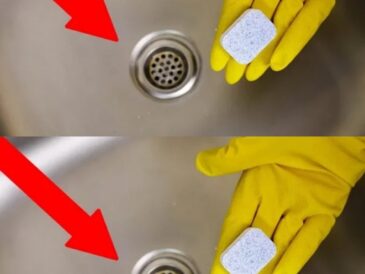Anise, with its licorice-like flavor and fragrant aroma, is a delightful addition to many culinary creations. But did you know you can easily cultivate this versatile herb right at home, even in containers? Here’s a guide to take you from seed to flavorful harvest, transforming your balcony or windowsill into an anise haven.
Container Considerations:
- Size Matters: Anise develops a long taproot, so choose a deep pot – at least 10 inches deep – to accommodate proper root growth. Opt for a container with drainage holes to prevent waterlogging. Clay or terracotta pots are great choices as they allow for good air circulation around the roots.
- Potting Mix Magic: Anise thrives in well-draining, slightly acidic soil. Fill your pot with a high-quality potting mix specifically designed for herbs. You can also create your own mix by combining one part potting soil, one part sand, and one part peat moss.
Planting Power:
- Seeding Success: Sow anise seeds directly into your prepared container. Aim for a depth of ¼ inch and space the seeds about 2 inches apart. You can thin them later if needed.
- Light It Up: Anise is a sun worshiper. Choose a location on your balcony, patio, or windowsill that receives at least 6-8 hours of direct sunlight daily.
- Watering Wisdom: Anise enjoys consistent moisture, but avoid overwatering. Water deeply when the top inch of soil feels dry to the touch. Allow the excess water to drain freely from the pot.
Nurturing Your Anise:
- Thinning Time: Once your seedlings reach a few inches tall, thin them to about 6-8 inches apart to allow for proper growth and air circulation.
- Feeding Frenzy: While anise isn’t a heavy feeder, you can provide a light feeding of a balanced liquid fertilizer once a month during the growing season.
- Harvesting Happiness: Anise leaves can be harvested throughout the growing season. Simply snip off the leaves as needed, using sharp scissors or pruners. For the strongest flavor, harvest the leaves just before the flowers bloom. The star-shaped seed pods can also be harvested once they turn brown and dry. Allow them to dry completely before storing them in an airtight container for later use.
Bonus Tips:
- Anise is a relatively low-maintenance herb, but keep an eye out for common pests like aphids or slugs. You can use organic methods like insecticidal soap or neem oil to control them.
- Anise is considered a biennial plant, meaning it completes its life cycle in two years. In colder climates, it’s often grown as an annual. You can extend your harvest by starting new seeds every few months.
With a little TLC, your container-grown anise will thrive, rewarding you with a constant supply of this flavorful herb to enhance your culinary creations. So, plant those seeds, soak up the sunshine, and enjoy the journey from seed to spice on your balcony or windowsill!




